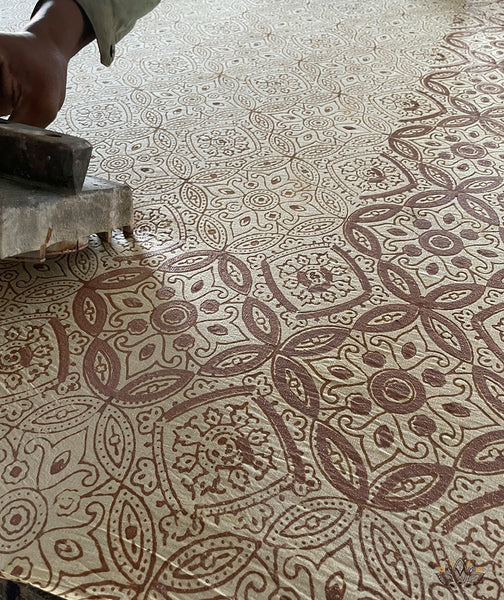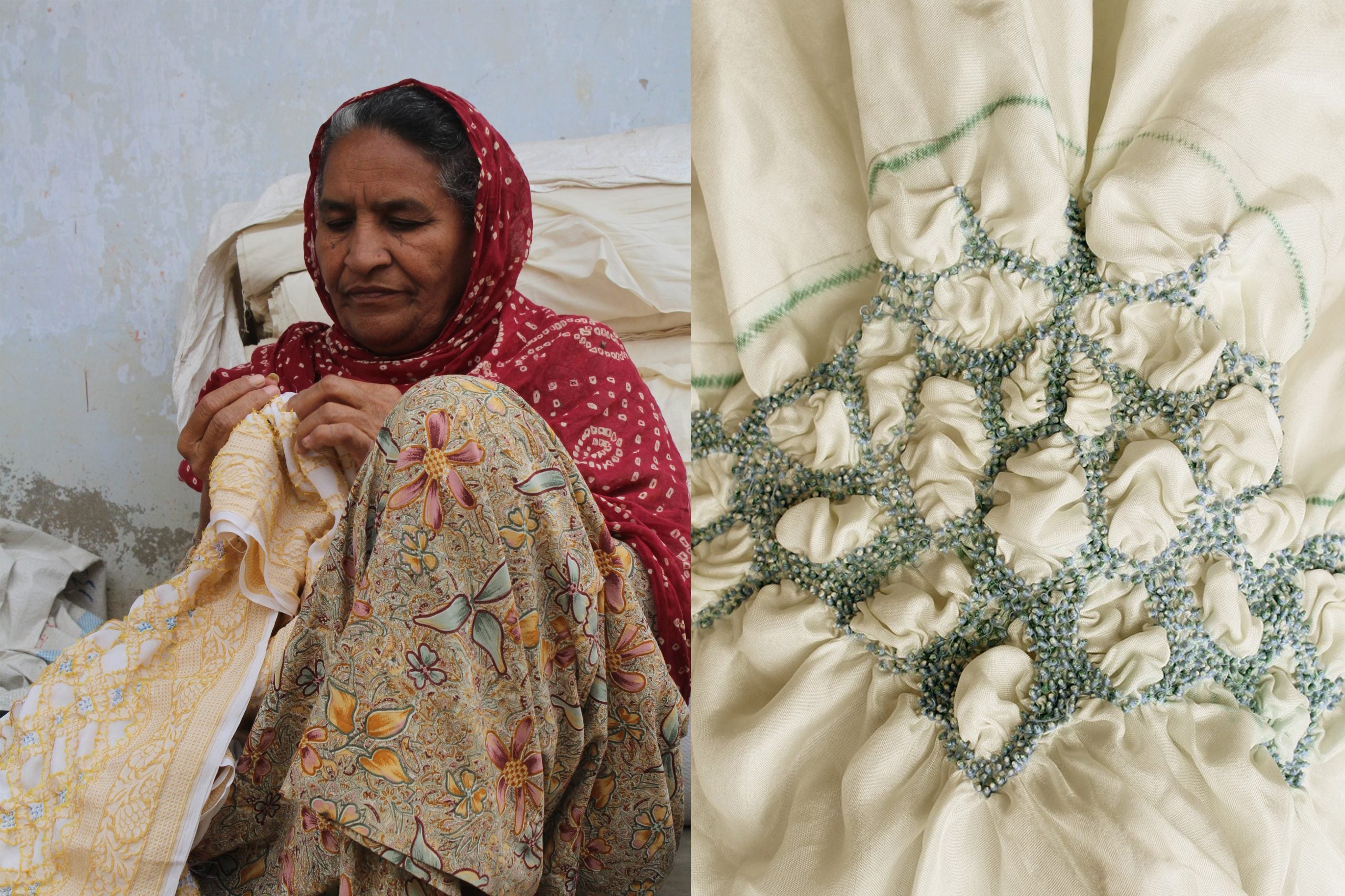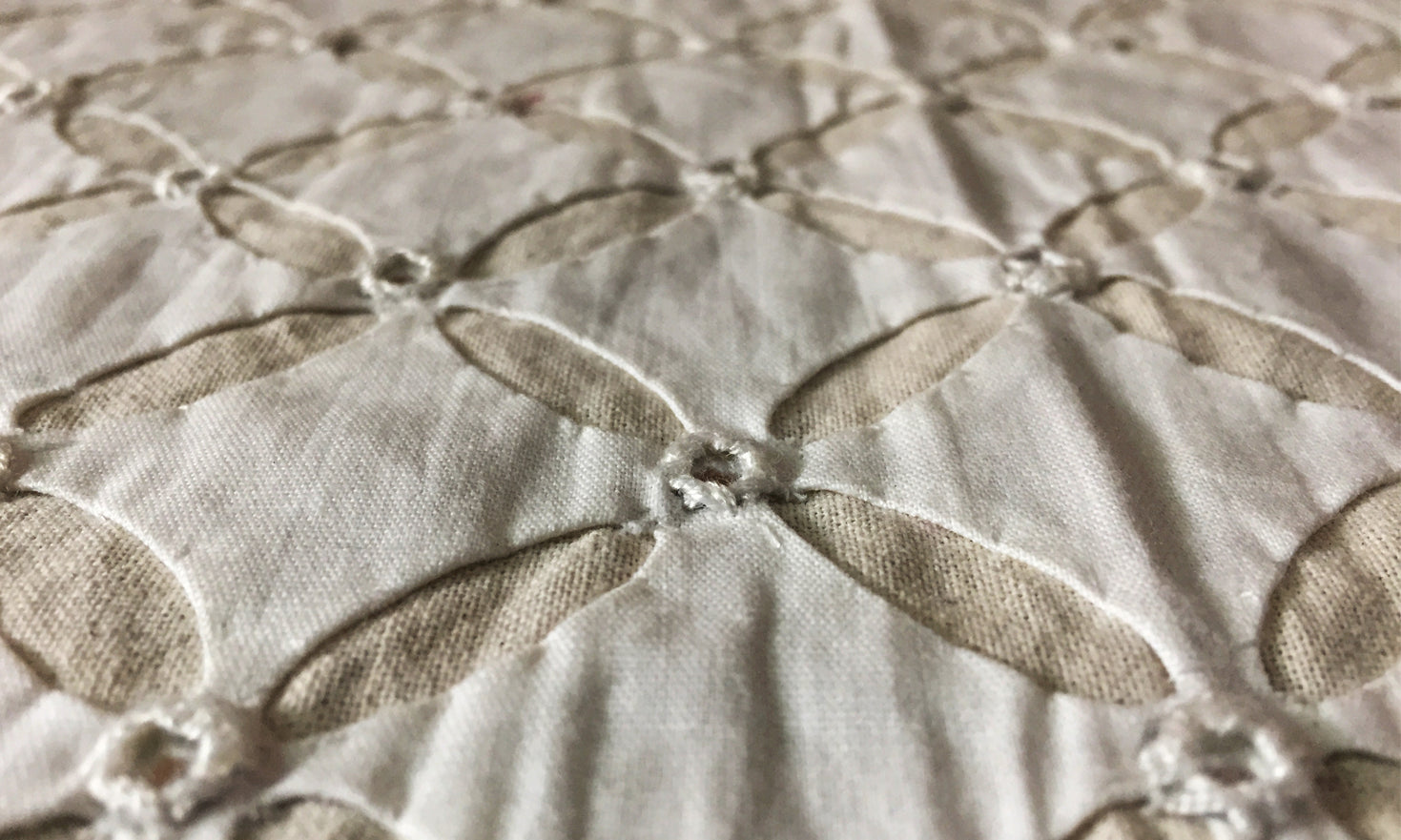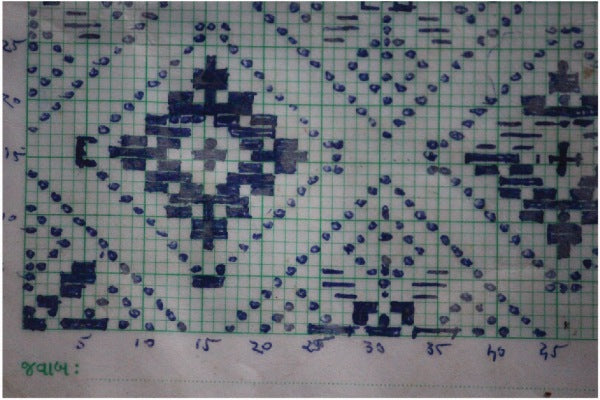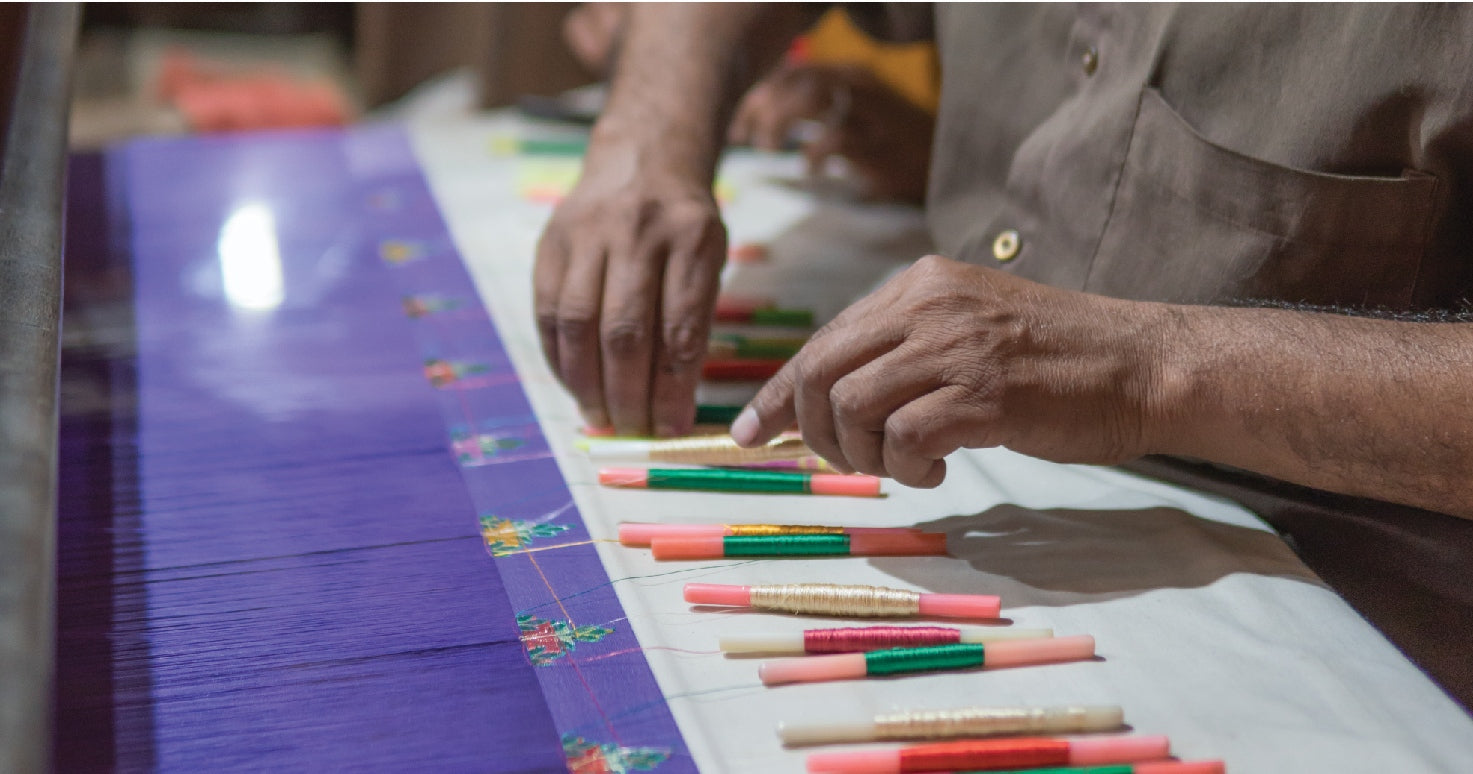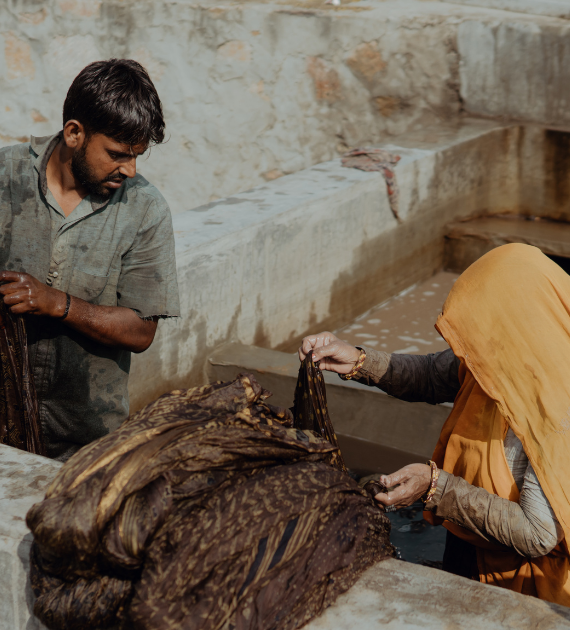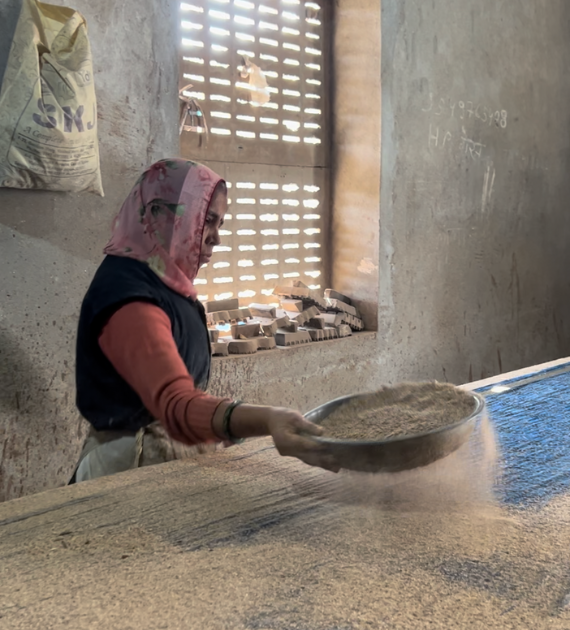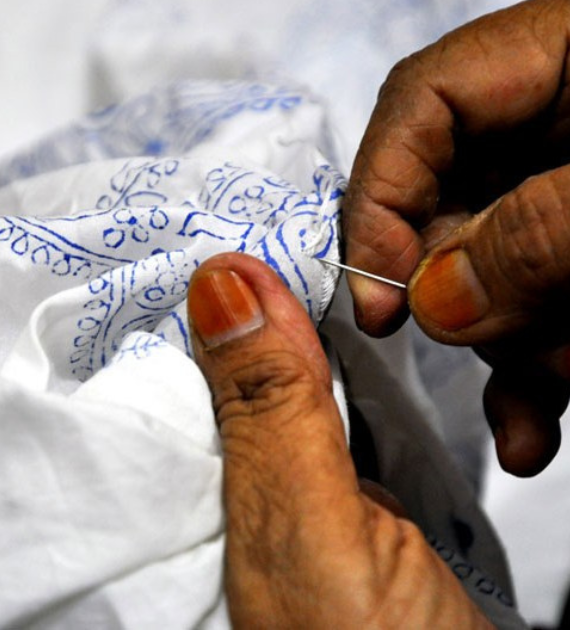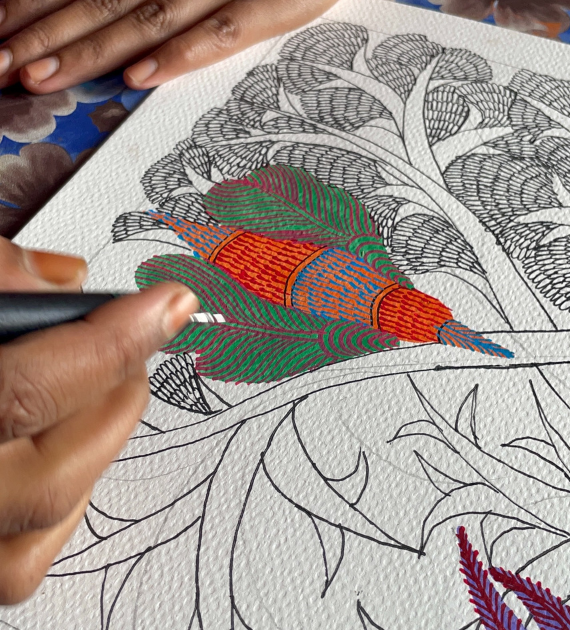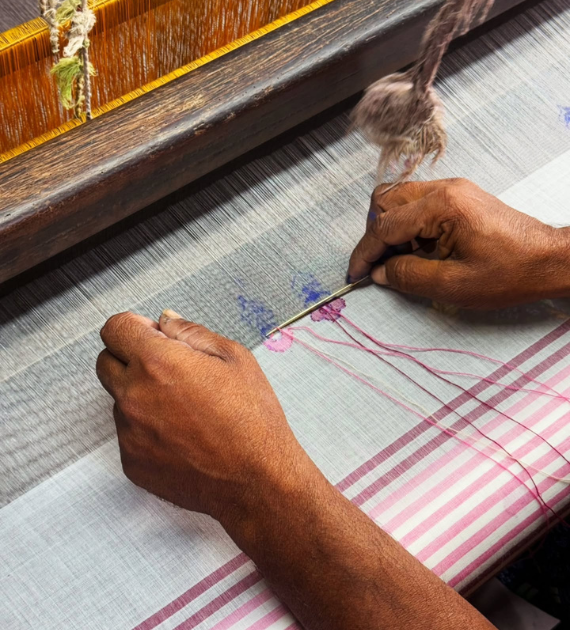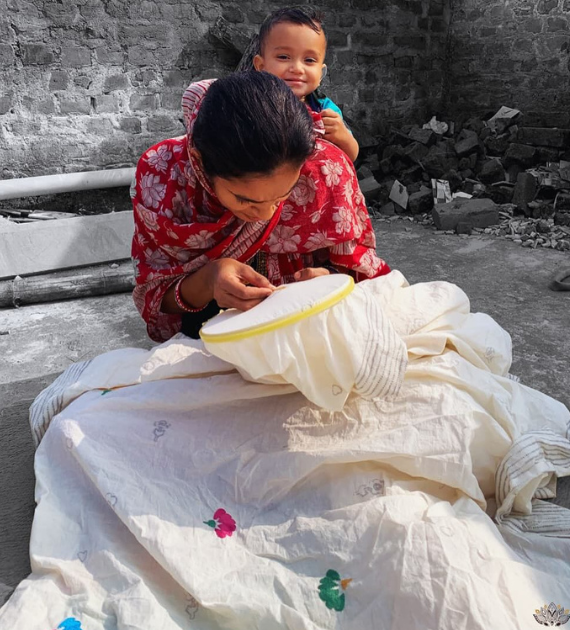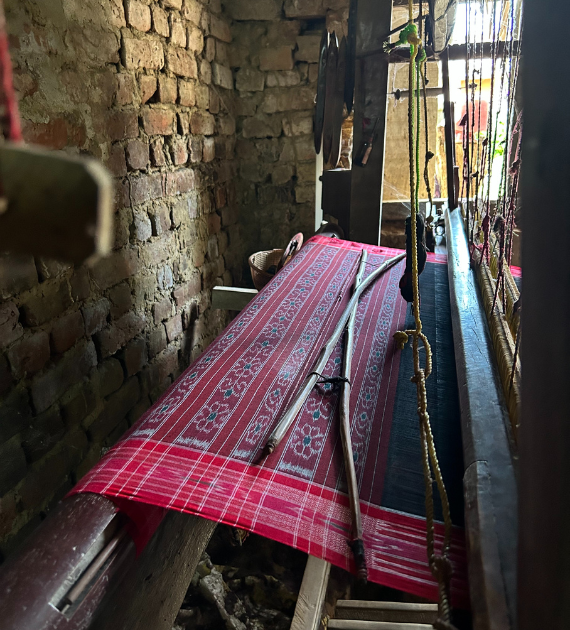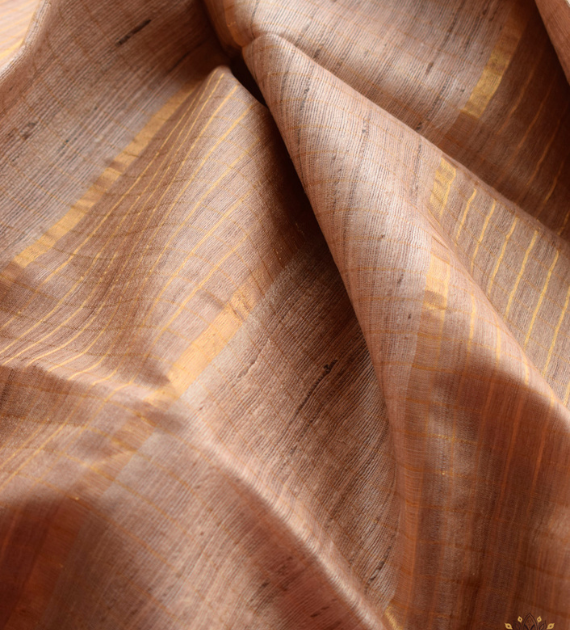Sort by:
TANGALIYA KALA COTTON HANDWOVEN SAREE
Rs. 17,430.00
TANGALIYA COTTON HANDWOVEN SAREE
Rs. 22,050.00
TANGALIYA KALA COTTON HANDWOVEN SAREE
Rs. 16,800.00
TANGALIYA KALA COTTON HANDWOVEN SAREE
Rs. 24,150.00
EXCLUSIVE TANGALIYA COTTON HANDWOVEN SAREE
Rs. 16,800.00
EXCLUSIVE TANGALIYA COTTON HANDWOVEN SAREE
Rs. 18,900.00
TANGALIYA SILK HANDWOVEN SAREE
Rs. 29,400.00
TANGALIYA SILK HANDWOVEN SAREE
Rs. 29,400.00
TANGALIYA SILK HANDWOVEN SAREE
Rs. 25,515.00
TANGALIYA SILK HANDWOVEN SAREE
Rs. 25,515.00
TANGALIYA SILK HANDWOVEN SAREE
Rs. 25,515.00
TANGALIYA SILK HANDWOVEN SAREE
Rs. 25,515.00


